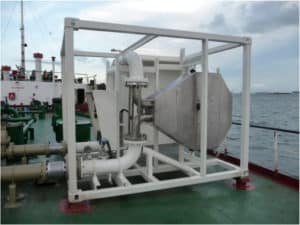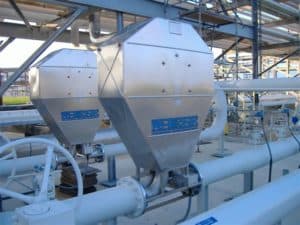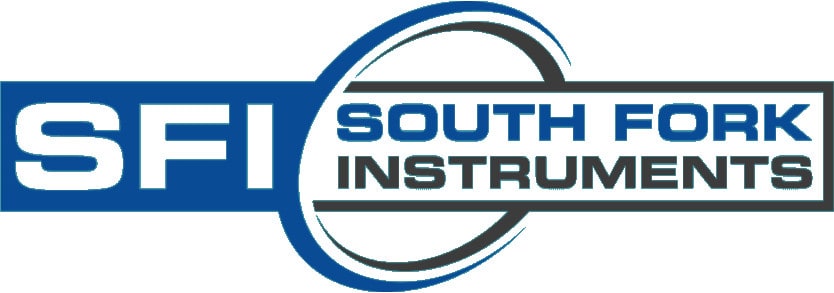Coriolis meters are becoming more and more common in many process control schemes, often because of their inherent accuracy and their low maintenance requirements. However, responsible plant maintenance managers know that despite the trouble free performance they get from their meters, it is important to check calibration just to make sure. In a nutshell, simple routine maintenance and testing are non-negotiable. Ignoring these needs can lead to instrument failure; plant downtime, quality issues, even situations dangerous to personnel.
We’re breaking down what tests to regularly perform to verify the calibration of your Coriolis flow meter.
In Situ Testing
 Coriolis flow meters have come a long way since their inception, and today many offer some form of in-situ testing opportunity. This kind of testing relies on built-in diagnostic tools that allows end users to conduct a quick review to verify instrument health and functionality. The benefits here are twofold. First, this testing is user-friendly, meaning any user/operator can run these tests without help from an outside party. Secondly, this type of check [often] doesn’t require process interruption while it is being carried out.
Coriolis flow meters have come a long way since their inception, and today many offer some form of in-situ testing opportunity. This kind of testing relies on built-in diagnostic tools that allows end users to conduct a quick review to verify instrument health and functionality. The benefits here are twofold. First, this testing is user-friendly, meaning any user/operator can run these tests without help from an outside party. Secondly, this type of check [often] doesn’t require process interruption while it is being carried out.
In-situ testing tries to compare an earlier version of a meter’s diagnostic values to current values at the time of the test. Repetition of these values provides confidence that the meter is operating as expected and that there is no reason to believe that the meter is operating at anything other than optimal.
Changes in the diagnostic values can indicate a change in the meter condition – maybe the meter internals are dirty and coated, or some abrasion/corrosion of the internal parts has occurred. Changes in diagnostic values might be interpreted to suggest general maintenance is needed, recalibration is necessary, or maybe there is an issue with the unit itself. Whatever the cause of the change, it’s clear that the meter may not be working at peak performance and may be adding cost to production of your product. It might also be a potential safety issue. Diagnostic values and their interpretation varies by manufacturer but there are several common values such as drive gain, frequency and stability.
Vendor Testing of Your Coriolis Flow Meters
 In situ testing can often only identify that there is a potential problem with the meter. That is, you’ll know that your reading may not be accurate, but you won’t have the power to correct the issue right there and then. This is particularly true where process material can corrode the inside of your Coriolis flow meters, and this can be the cause of an abnormal reading despite the presence of correct, known calibration settings. Vendor testing allows an independent party (your device manufacturer) to fully test your meter and recalibrate to factory standards. This will require removing your meter from line and shipping it to the test laboratory, so make sure to plan this type of maintenance ahead of time. Vendors should perform a density test and calibration, full pressure testing (critical where corrosion may be an issue), full electronic checkout and live calibration in a certified flow loop. The vendor may also perform other proprietary tests as needed. This full testing suite should also satisfy compliance concerns for those industries that have an oversight body and regulatory standards. Anytime you are unable to validate performance based on your in situ diagnostics review, you should suspect something is amiss with your Coriolis flow meter and schedule other maintenance or outside testing.
In situ testing can often only identify that there is a potential problem with the meter. That is, you’ll know that your reading may not be accurate, but you won’t have the power to correct the issue right there and then. This is particularly true where process material can corrode the inside of your Coriolis flow meters, and this can be the cause of an abnormal reading despite the presence of correct, known calibration settings. Vendor testing allows an independent party (your device manufacturer) to fully test your meter and recalibrate to factory standards. This will require removing your meter from line and shipping it to the test laboratory, so make sure to plan this type of maintenance ahead of time. Vendors should perform a density test and calibration, full pressure testing (critical where corrosion may be an issue), full electronic checkout and live calibration in a certified flow loop. The vendor may also perform other proprietary tests as needed. This full testing suite should also satisfy compliance concerns for those industries that have an oversight body and regulatory standards. Anytime you are unable to validate performance based on your in situ diagnostics review, you should suspect something is amiss with your Coriolis flow meter and schedule other maintenance or outside testing.
In Conclusion
Running regular tests on your Coriolis flow meters is essential to maintaining an efficient, safe and highly functioning operation. Proper testing starts with the operator or maintenance manager, and extends into third party testing if required. Don’t become complacent. Your flow meters have sensitive components that won’t guarantee accuracy after normal wear and tear. Stay diligent about monitoring your components and you will have no issues verifying the calibration of your Coriolis flow meters. Prevention is a best value case for any processing plant environment.

